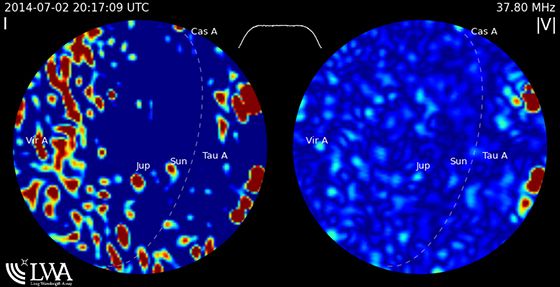
The first station of the LWA, known as LWA1, is a unique telescope that consists of a collection of 256 dipoles combined into one massive array with a collective-area of a 100-meter dish. The LWA1, is a highly sensitive telescope that can create images of the entire sky. It allows researchers to keep eyes on the whole sky day and night, probing a relatively unexplored region of the electromagnetic spectrum.
Within six months of turning LWA1 on, UNM Department of Physics Professor Greg Taylor and his team got the all sky imaging up and running. Shortly thereafter, they started to search for transients, brief pulses of radio waves coming from the sky. Ken Obenberger, a UNM graduate student, and colleagues searched for transients in more than 11,000 hours of all-sky images from the LWA at frequencies between 25 and 75 MHz. In this data he identified 49 long (30 seconds or longer) transients.

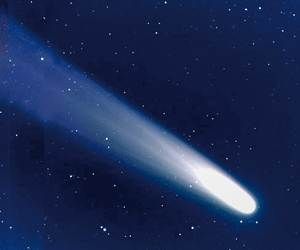
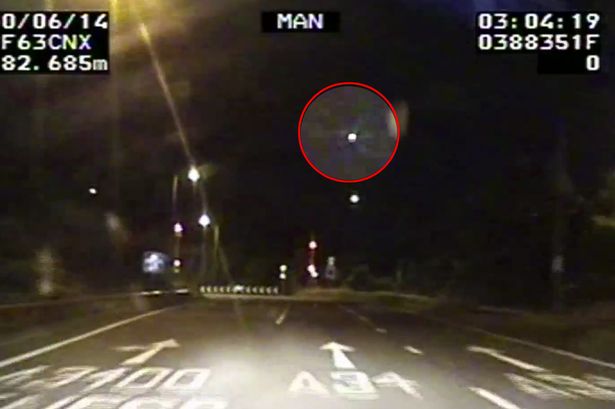
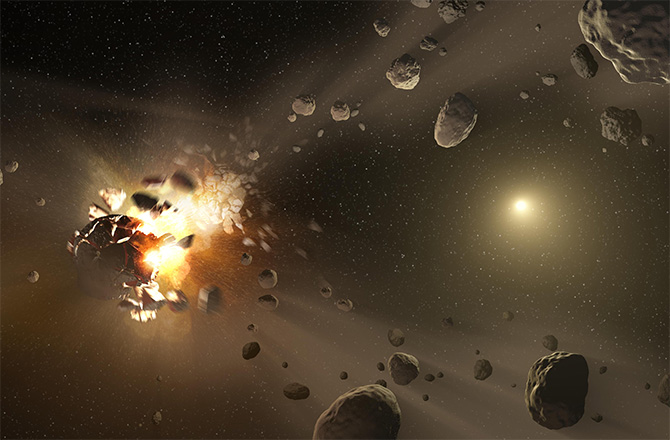
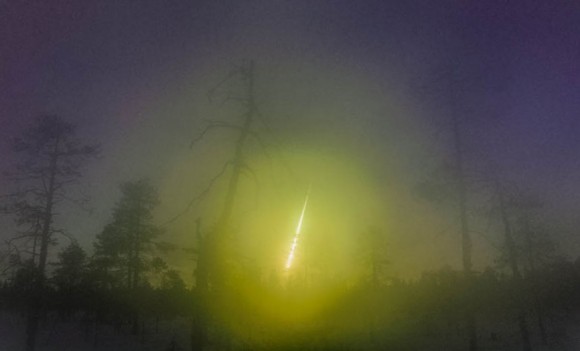






Comment: Looked at from another angle: what if, given the reality of increased cometary material in near-space and the atmosphere, the Powers That Be deliberately orchestrate wars to mask the cosmic threat? In other words, an aggressive regime might intentionally conflate a celestial object with an inter-continental ballistic missile... It's much easier to retain control so long as the little people are scared of man-made wars - incoming comets would see the powerful lose their power altogether.
The reader may enjoy Earth Changes and the Human Cosmic Connection: The Secret History of the World - Book 3 - "a ground-breaking attempt to re-connect modern science with ancient understanding that the human mind and states of collective human experience can influence cosmic and earthly phenomena."